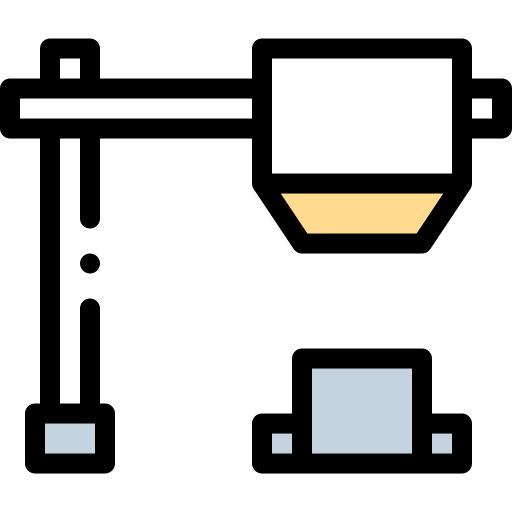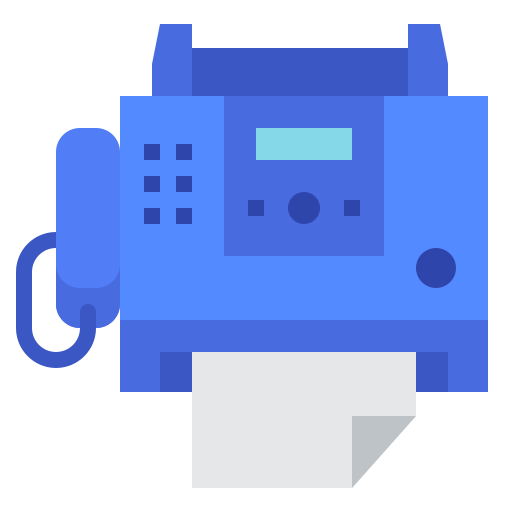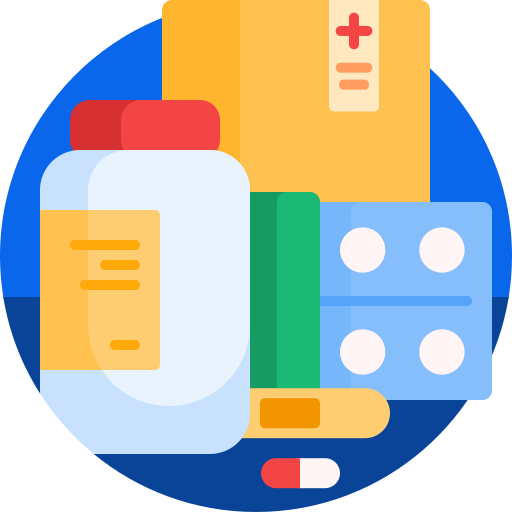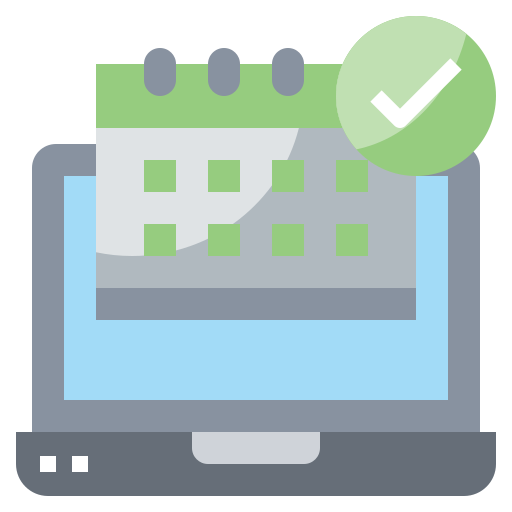Cardiology EMR
#1 Cardiology EMR & PM
AllegianceMD Veracity Cardology EMR is #1 among Cardiology specialists.
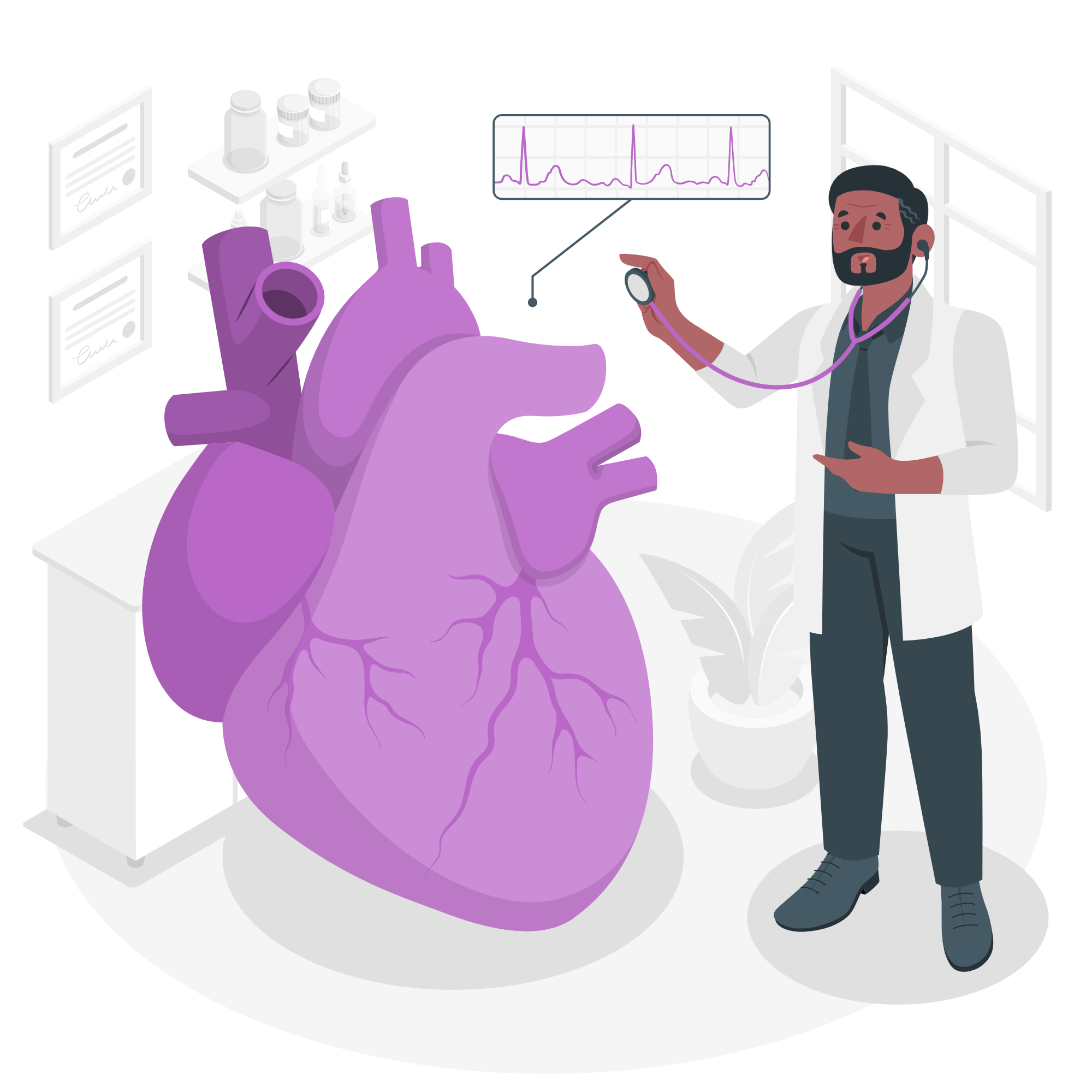
A Detailed guide for Pros & Cons For Cardiology EMR software
Electronic health records (EHR) are digital versions of a patient’s medical history, test results, and other important information. In the field of cardiology, EHR systems can be particularly useful in improving the quality and efficiency of care for patients. Here are some potential pros and cons of using a cardiology EHR:
Pros:
- Improved patient safety: With a cardiology EHR, all of a patient’s relevant medical information is easily accessible in one place. This can help reduce the risk of medical errors and improve patient safety. For example, if a patient is prescribed a new medication, the EHR can alert the healthcare provider if there is a potential drug interaction with other medications the patient is taking.
- Enhanced care coordination: Cardiology EHRs can facilitate communication and coordination between different healthcare providers and organizations, allowing for more seamless and efficient care. For example, if a patient sees multiple specialists or receives care at different facilities, the EHR can help ensure that all of the patient’s providers have access to the same information and can work together to develop a comprehensive care plan.
- Greater efficiency: EHRs can help streamline many administrative and clinical tasks, freeing up time for healthcare providers to focus on patient care. For example, rather than manually transcribing patient notes or filling out paper forms, providers can enter information directly into the EHR, which can then be accessed and shared with other providers as needed.
- Improved patient engagement: EHRs can also provide patients with greater access to their own medical information and allow for more convenient communication with their healthcare providers. For example, some EHR systems include patient portals where patients can view their medical records, schedule appointments, and communicate with their providers.
- Increased data analytics capabilities: EHRs can generate large amounts of data, which can be analyzed to identify trends and patterns in patient care. This can help healthcare providers identify opportunities to improve care and identify best practices.
Cons:
- High upfront costs: Implementing an EHR system can be expensive, especially for small practices or organizations. There may be costs associated with purchasing and installing the EHR software, as well as training staff on how to use it.
- Complexity: EHR systems can be complex and may require a significant amount of training and support to use effectively. This can be especially challenging for smaller practices or organizations with limited resources.
- Data security concerns: EHR systems store sensitive patient information, which can be vulnerable to cyber attacks. It is important for healthcare organizations to have strong data security measures in place to protect patient privacy.
- Interoperability issues: EHR systems may not always be compatible with other systems, which can make it difficult to exchange information between providers or organizations.
Overall, the use of cardiology EHRs can offer a range of benefits, including improved patient safety and care coordination, greater efficiency, and increased data analytics capabilities. However, it is important to carefully consider the potential pros and cons and ensure that any EHR system chosen is the right fit for the organization.
EHR, Practice Management, Billing Solution, Patient Portal and Self Check-In Kiosk.
User friendly, and very easy to use. Now you can focus more on patient care.
Specialty Specific EHR. No hidden fees or surprises.
Tailored to Your Cardiology Practice
1
Cardiology Specific EHR
2
Cardiology Billing
3
Imaging interface
1
Lab Interface
2
Tele-health
3
Integrated Fax
1
Drug Formulary
2
Controlled E-RX
3
Drug Interaction
1
Patient Portal
2
Check-in Kiosk
3
Online Scheduling
1
Appointment Confirmation
2
Email Marketing
3
Referral Portal
1
Online Payment
2
Insurance eligibility
3
Patient Education
Features Of An Ideal Cardiology EMR software
An ideal cardiology electronic medical record (EMR) system should have a number of key features to support the needs of healthcare providers and patients in the field of cardiology. Here are some potential features that could be included in an ideal cardiology EMR:
- Customizable templates: The EMR should allow providers to create and customize templates for commonly used forms and documents, such as patient assessments, treatment plans, and discharge summaries. This can help streamline the documentation process and reduce the risk of errors.
- Integration with other systems: The EMR should be able to seamlessly integrate with other systems, such as laboratory and imaging systems, to allow for easy access to relevant test results and images.
- Advanced reporting and analytics capabilities: The EMR should have robust reporting and analytics capabilities to help providers track patient progress, identify trends, and measure the effectiveness of treatments.
- Patient portal: The EMR should include a patient portal that allows patients to view their medical records, schedule appointments, and communicate with their providers.
- Decision support tools: The EMR should include decision support tools, such as clinical practice guidelines and drug interaction alerts, to help providers make informed treatment decisions.
- Mobile access: The EMR should be accessible from mobile devices, such as smartphones or tablets, to allow providers to access patient information on the go.
- Strong data security measures: The EMR should have strong data security measures in place to protect patient privacy and ensure the integrity of the system.
Overall, an ideal cardiology EMR should be able to support the needs of healthcare providers and patients in the field of cardiology and help improve the quality and efficiency of care.
How to choose Cardiology EMR?
There are several factors to consider when choosing a cardiology electronic medical record (EMR) system. Here are some steps you can follow to help you select the right EMR for your needs:
- Determine your needs: The first step in selecting an EMR is to identify your specific needs and requirements. This may include the type of care you provide, the size of your practice or organization, and your budget. It can also be helpful to consider any current challenges or inefficiencies you are experiencing with your current documentation and record-keeping processes, as well as any specific features or capabilities you would like to have in an EMR system.
- Research different EMR options: Once you have a clear understanding of your needs, you can begin researching different EMR options. This may involve looking at online reviews, speaking with other healthcare providers who have experience with different EMR systems, and contacting EMR vendors to learn more about their products and services.
- Evaluate the EMR vendors: It is important to carefully evaluate the EMR vendors you are considering. Look for vendors with a proven track record of success, good customer support, and a commitment to ongoing updates and improvements. It can also be helpful to ask about the vendor’s implementation process and the level of training and support they provide.
- Test out the EMR: Before making a final decision, it is a good idea to test out the EMR to see if it meets your needs and is a good fit for your practice or organization. Some vendors may offer demos or free trials, which can be a useful way to get a sense of the EMR’s capabilities and user experience.
- Consider long-term costs and support: In addition to the initial cost of purchasing and implementing an EMR, it is important to consider the long-term costs and support needs of the system. This may include ongoing maintenance and support fees, as well as the cost of upgrading to new versions of the EMR.
Sources
https://millionhearts.hhs.gov/tools-protocols/tools/health-IT.html


